Description
ANKLE SUPPORT 5901 Price in Pakistan
If you’re an athlete, a fitness enthusiast, or someone who’s frequently on their feet, you might have experienced ankle injuries or pain at some point. Ankle supports can provide the necessary support and protection to your ankles and help you recover from an injury faster. In this article, we’ll cover everything you need to know about ankle supports, including their benefits, types, and how to choose the right one.
Benefits of Ankle Supports
Ankle supports can provide a range of benefits, including:
1. Preventing Injuries
Ankle supports can help prevent ankle injuries by providing support and stability to the ankle joint. They can reduce the risk of sprains and strains, especially if you engage in high-impact activities like running or jumping.
2. Aiding in Recovery
If you’ve already suffered an ankle injury, wearing an ankle support can help you recover faster. Ankle supports can provide compression and improve blood flow to the affected area, which can help reduce swelling and promote healing.
3. Improving Performance
Ankle supports can improve your athletic performance by providing additional support and stability to your ankles. They can help you maintain proper form and reduce the risk of injury, allowing you to perform at your best.
Types of Ankle Supports
There are several types of ankle supports available in the market, including:
1. Lace-up Ankle Braces
Lace-up ankle braces provide support and stability to the ankle joint by wrapping around the ankle and lacing up like a shoe. They’re adjustable and can be tightened or loosened to provide the desired level of support.
2. Sleeve Ankle Braces
Sleeve ankle braces are made of a stretchy material that fits snugly around the ankle. They’re easy to put on and take off and provide moderate support and compression to the ankle joint.
3. Stirrup Ankle Braces
Stirrup ankle braces are designed to limit the range of motion of the ankle joint. They consist of a rigid shell that supports the ankle on both sides and a strap that wraps around the foot. They provide maximum support and are often used for severe ankle injuries.
4. Hinged Ankle Braces
Hinged ankle braces are similar to stirrup ankle braces, but they have a hinge that allows for limited movement of the ankle joint. They provide more support than sleeve ankle braces but less than stirrup ankle braces.
How to Choose the Right Ankle Support
Choosing the right ankle support depends on several factors, including the type of activity you’re engaged in, the severity of your injury, and your personal preferences. Here are some things to consider when choosing an ankle support:
1. Level of Support
The level of support you need depends on the severity of your injury and the type of activity you’re engaged in. If you have a severe ankle injury or are engaging in high-impact activities, you’ll need a brace with maximum support, like a stirrup ankle brace. If you have a mild to moderate injury or engage in low-impact activities, a sleeve ankle brace might be sufficient.
2. Comfort
Ankle supports should be comfortable to wear for extended periods. Look for ankle supports made of breathable materials that wick away sweat and moisture. Consider the fit, adjustability, and padding of the ankle support to ensure it’s comfortable to wear.
3. Size
Choosing the right size ankle support is crucial for ensuring proper support and preventing further injury. Measure your ankle circumference and refer to the manufacturer’s size chart to choose the right size ankle support.
4. Durability
Ankle supports should be durable and able to withstand the wear and tear of regular use. Look for ankle supports made of high-quality materials that can withstand repeated use and washing.
5. Brand Reputation
Choose ankle supports from reputable brands that have a proven track record of producing high-quality products. Read reviews and seek recommendations from other athletes or healthcare professionals to ensure you’re choosing a reliable ankle support.
Conclusion
Ankle supports can provide the necessary support and protection to your ankles, helping you prevent and recover from injuries and improve your athletic performance. When choosing an ankle support, consider factors like the level of support, comfort, size, durability, and brand reputation to ensure you choose the right one for your needs.
FAQs
1. How long should I wear an ankle support?
The duration of wearing an ankle support depends on the severity of your injury and your doctor’s recommendations. In general, you should wear an ankle support until your injury has fully healed and you feel comfortable without it.
2. Can ankle supports cause more harm than good?
Ankle supports, when worn properly, can provide support and stability to your ankles without causing any harm. However, wearing an ankle support that’s too tight or for extended periods can lead to discomfort or restrict blood flow, causing more harm than good.
3. Can I wear an ankle support while sleeping?
It’s not recommended to wear an ankle support while sleeping, as it can restrict blood flow and cause discomfort. However, if your doctor recommends wearing an ankle support while sleeping, follow their instructions carefully.
4. Can I wear an ankle support during water activities?
Yes, you can wear ankle supports during water activities like swimming or aqua aerobics. Look for ankle supports made of water-resistant materials that won’t retain water and become heavy.
5. Can ankle supports be worn on both ankles?
Yes, ankle supports can be worn on both ankles if necessary. However, make sure to choose the right size and level of support for each ankle and follow the manufacturer’s instructions for proper use.

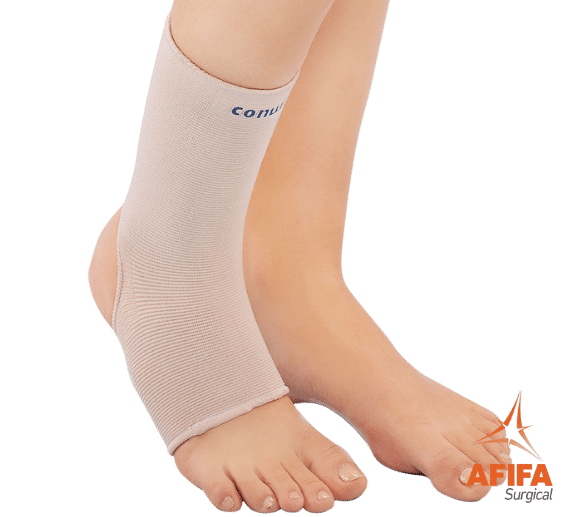
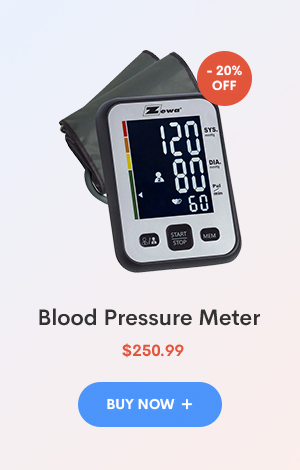
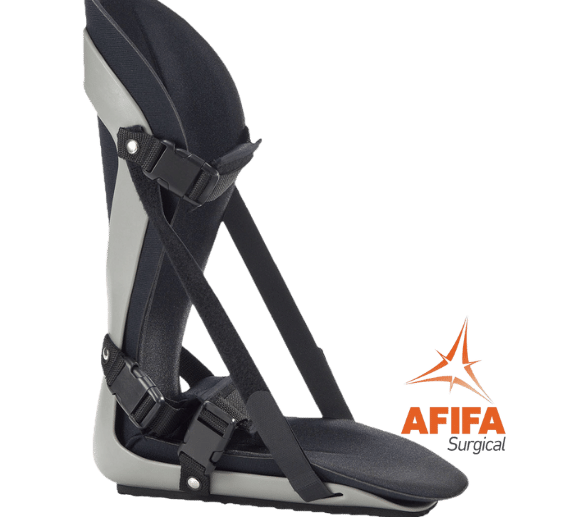
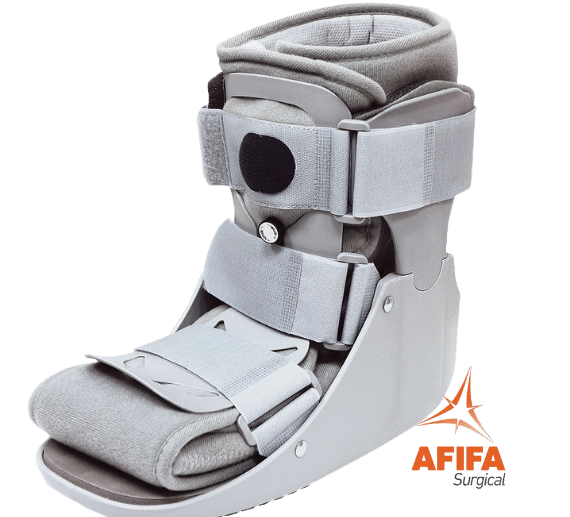
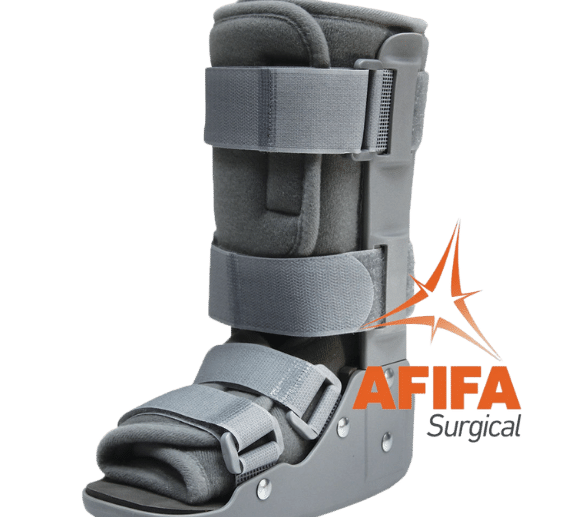
Hira Zulfiqar –
I appreciate that AfifaSurgical offers a wide range of payment options, making it easy for me to pay for my orders.